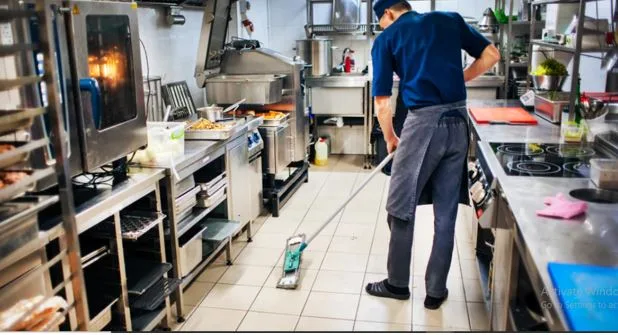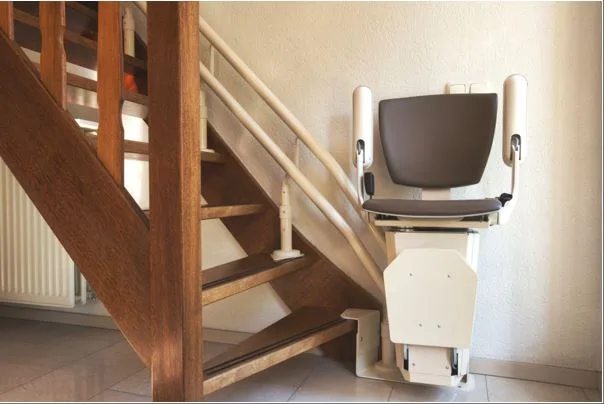Setting Up a Professional Kitchen – What You Shouldn’t Forget
Setting up a professional kitchen goes beyond shiny appliances and stainless steel counters. Starting a new restaurant, café, or catering service? Your kitchen design is key. It impacts your team’s productivity, food quality, and safety right away. Here is a tick list of what you ought to in no way neglect while setting up your industrial kitchen.
- Clever kitchen format
The kitchen should have a clear flow. Start with storing food, and then prep it. Next, cook, plate, and wash dishes. Common layouts for kitchens are the assembly line, island style, and zoned layout. Your choice depends on your kitchen size and menu type.
Tip: Ensure there is enough space between workstations. This helps groups of workers move with ease.
- Long-lasting and hygienic surfaces
Your work surfaces should be meal-secure, smooth to use, and built to last. stainless steel workbenches are the top choice in the industry for a good reason. They resist corrosion, heat, and bacteria. This makes them essential for food prep areas.
- The correct refrigeration.
A proper bloodless garage is vital. You might need a mix of equipment. Consider items like walk-in coolers, upright commercial freezers, and undercounted fridges. Don’t neglect size—consider electricity efficiency, ease of access, and temperature control.
- Cooking System That Fits Your Menu
Don’t buy extra or mismatched gear. Instead, pick cooking tools that support your services; for example:
- A benchtop fryers for frying appetizers or snacks.
Griddles or charbroilers for burgers and steaks.
Convection ovens for baking or roasting.
Usually, focus on industrial-grade devices over domestic versions to handle excessive volume usage.
- Proper ventilation and safety systems
An expert kitchen generates some warm smoke and odors. Put money into:
- Powerful exhaust hoods
- Fireplace suppression structures
- Non-slip flooring
Hearth extinguishers and first-aid kits
Check your local fitness and protection policies. This will ensure your complete compliance.
- A good enough storage solution.
Organized storage prevents cross-infection and improves workflow. Use:
- Wall-mounted cabinets for dry items
- Under counter refrigeration for clean access
- classified bins for ingredients and cleansing components
Store raw items in one area and cooked items in another. Always follow FIFO (First In, First Out) practices.
- Green dishwashing location
Your cleansing place needs to encompass:
- An industrial dishwasher or a three-compartment sink
- Pre-rinse faucet and spray hose
- Drying racks or shelves
A smooth kitchen is a compliant kitchen, so ensure that dishwashing is speedy and green.
- Personnel Consultation and Accessibility
Don’t forget about the people operating in your kitchen. Offer:
- Ergonomic mats at standing stations
- Right lighting fixtures over prep and cooking areas.
- Access to lockers and the rest areas for the workers
- Clear signage for emergency exits and protection methods
Final thoughts
Creating a top-notch kitchen takes careful planning and smart spending. Focus on every function and focus on safety.
A well-designed kitchen boosts productivity and safety. It also helps your culinary team perform at its best every day.






